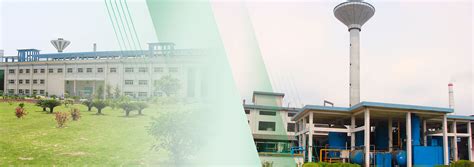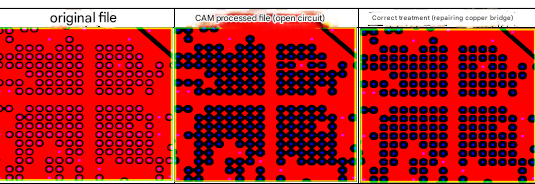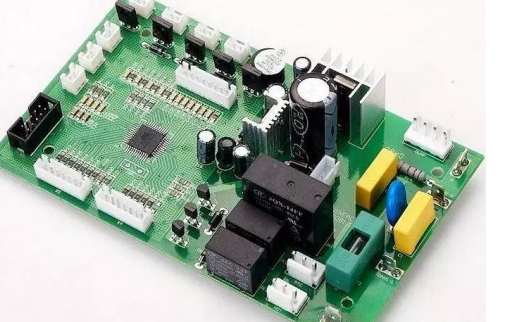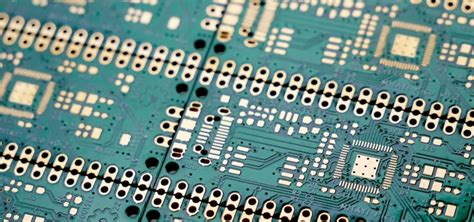Let’s take you to understand the internal structure of the chip
Let’s take you to understand the internal structure of the chip
Before we explain the semiconductor chip, we should first understand two points. First, what is a semiconductor, and second, what is a chip.
Semiconductor
Semiconductor refers to materials whose conductivity at room temperature is between that of an insulator and a conductor. People usually call materials with poor conductivity, such as coal, artificial crystals, amber, and ceramics, insulators. Metals with better conductivity, such as gold, silver, copper, iron, tin, and aluminum, are called conductors.
Compared with conductors and insulators, semiconductor materials were discovered the latest. It was not until the 1930s, when the purification technology of materials was improved, that semiconductors received attention from the industry. Common semiconductor materials include silicon, germanium, gallium arsenide, etc., and silicon is the most influential semiconductor material in commercial applications.
Chip
Chip, also known as microchip or integrated circuit (IC). It refers to a silicon wafer containing an integrated circuit, which is very small. Generally speaking, a chip (IC) refers to all semiconductor components. It is a circuit module that combines multiple electronic components on a silicon board to achieve a specific function. It is the most important part of an electronic device and undertakes the functions of calculation and storage. It is widely used in almost all electronic devices such as military and civilian use.
At this point, you probably have a simple understanding of semiconductors and chips. Next, let’s talk about semiconductor chips.
What is a semiconductor chip?
Generally speaking, semiconductors, integrated circuits, and chips can be equated because they are actually talking about the same thing.
Semiconductors are a type of material, divided into four categories in the table. Since the proportion of integrated circuits is very high, exceeding 80%, the industry is accustomed to calling the semiconductor industry the integrated circuit industry. The chip is the carrier of the integrated circuit. In a broad sense, we equate the chip with the integrated circuit.
So for novices, just remember that when chips, integrated circuits, and semiconductors appear, don’t panic, they are the same thing.

Internal structure of semiconductor chips
Although semiconductor chips are small in size, their internal structure is very complex, especially their most core micro units – thousands of transistors. Let’s explain the internal structure of semiconductor chip integrated circuits in detail. Generally, we use the structural hierarchy from large to small to understand integrated circuits, which will be easier to understand.
- System level
Let’s take the mobile phone as an example. The entire mobile phone is a complex circuit system. It can play games, make calls, listen to music… …
Its internal structure is composed of multiple semiconductor chips and resistors, inductors, and capacitors connected to each other, which is called the system level. (Of course, with the development of technology, the technology of making an entire system on a chip has also appeared for many years-SoC technology)
- Module level
In the entire system, there are many functional modules, each with its own duties. Some manage power, some are responsible for communication, some are responsible for display, some are responsible for sound, some are responsible for commanding overall calculations, and so on-we call it the module level, and each module here is a grand field.
- Register transfer level (RTL)
So what does each module consist of? Take the digital circuit module that accounts for a large proportion of the entire system (it is specifically responsible for logical operations, and the electrical signals processed are all discrete 0 and 1) as an example. It is composed of registers and combinational logic circuits.
A register is a circuit structure that can temporarily store logic values. It needs a clock signal to control the length of time the logic value is stored.
In practical applications, we need a clock to measure the length of time, and the circuit also needs a clock signal to coordinate. The clock signal is a periodic and stable rectangular wave. In reality, one second of movement is our basic time scale, and one cycle of rectangular wave oscillation in the circuit is a time scale in their world. Circuit components act accordingly and perform their obligations according to this time scale.
What is combinational logic? It is a combination of many “AND”, “OR”, and “NOT” logic gates. For example, two bulbs connected in series, each with a switch, will light up only when both switches are turned on. This is called AND logic.
A complex functional module is composed of many registers and combinational logic. This level is called the register transfer level.
- Gate level
Registers in the register transfer level are actually made up of AND/NOR logic. If we further subdivide it into AND, OR, and NOR logic, we will reach the gate level (they are like doors, blocking/allowing the entry and exit of electrical signals, hence the name).
- Transistor level
Whether it is a digital circuit or an analog circuit, the bottom layer is the transistor level. All logic gates (AND, OR, NOT, AND/NOR, NOR, XOR, XOR, etc.) are made up of transistors. Therefore, from the macro to the micro, the integrated circuit reaches the bottom layer, and all you can see are transistors and the wires connecting them.
Bipolar transistors (BJT) were used more in the early days, commonly known as triodes. It is connected to resistors, power supplies, and capacitors, and it has the function of amplifying signals.
Like building blocks, it can be used to form various circuits, such as switches, voltage/current source circuits, the logic gate circuits mentioned above, filters, comparators, adders, and even integrators. The circuit constructed by BJT is called TTL (Transistor-Transistor Logic) circuit. The circuit symbol of BJT looks like this:
But later, the emergence of metal-oxide semiconductor field effect transistor (MOSFET) swept the IC field with excellent electrical characteristics and ultra-low power consumption. In addition to BJT in analog circuits, basically all integrated circuits are composed of MOS tubes.
Similarly, thousands of circuits can be built with it. And it can also be used as basic circuit elements such as resistors and capacitors through appropriate connections. The circuit symbol of MOSFET is as follows:
In summary, in actual industrial production, the manufacture of chips is actually the manufacturing process of thousands of transistors. It’s just that the hierarchical order of manufacturing chips in reality is just the opposite, starting from the bottom transistor and building up layer by layer.
That is to say, according to the order of “transistor->chip->circuit board”, we can finally get the core component of electronic products-circuit board.






